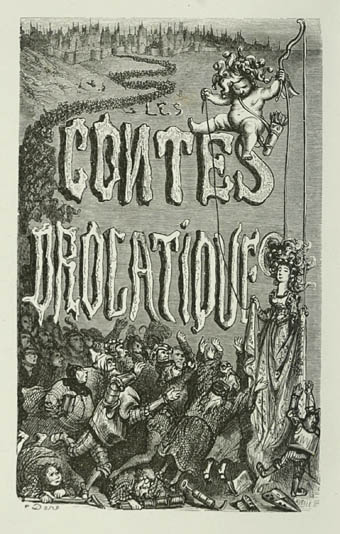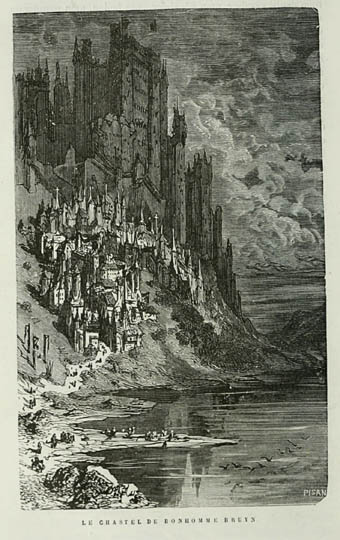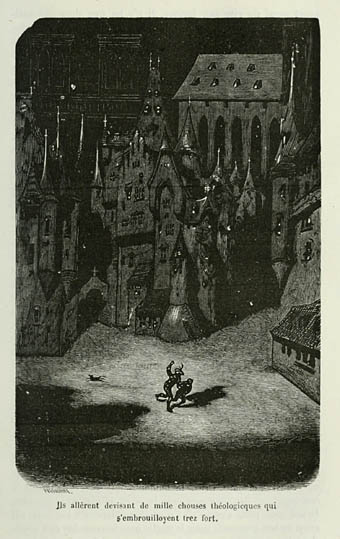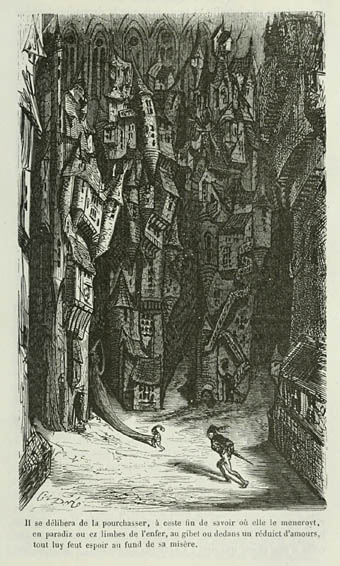
Regular readers may have noticed my persistent urge to trace the provenance of certain images or designs. The latest candidate is the above illustration of a witches sabbat, a picture familiar to readers of occult histories in addition to appearing on at least two album covers. It’s the use in occult books which no doubt drew it to the attention of composer John Zorn who used it as a cover image in 2004 for his Magick album, one of a series of occult-themed recordings. The album credits the artwork to Gustave Doré, a plausible candidate given the engraving style but I’m familiar enough with Doré’s work to doubt that it was one of his.
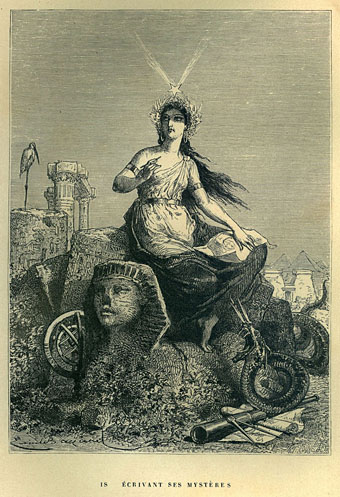
Earlier this week I was looking for more occult-related imagery so finally conducted a proper search for the sabbat picture. The origin is a French volume by Paul Christian, Histoire de la Magie, Du Monde Surnaturel Et de la Fatalite a Travers Les Temps (1870), and the full-page illustrations are by Émile Bayard (1837–1891). The Doré identification was partially correct since Bayard was a contemporary of Doré’s, and the drawings were engraved by François Pannemaker, an engraver who worked on many of Doré’s books as well as the Hertzel editions of Jules Verne. Émile Bayard is one of those artists whose name is unknown today even though people throughout the world would recognise one of his drawings; his illustration of Cosette from Victor Hugo’s Les Miserables provided the face seen on all those posters and hoardings promoting the popular musical.
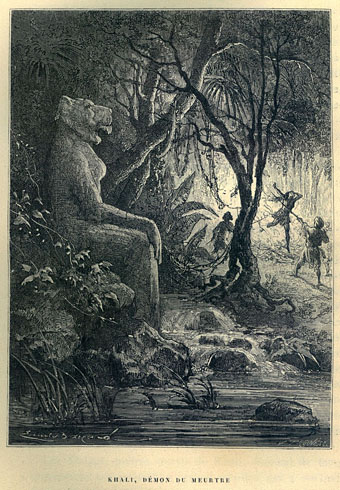
“Paul Christian” was the nom de plume of Jean-Baptiste Pitois (1811–1877), and his study of occult history was a popular book when it first appeared. I can’t say much about its contents but the illustrations (of which these are a selection via this page) show a range that encompasses various myths and religions as well as the expected variants of Western occultism. I’d seen several of Bayard’s other illustrations in a more recent French history of the occult, where the pictures are uncredited. I’ve suspected for years that they might be by the same artist responsible for the sabbat picture so this discovery has laid another nagging question to rest.
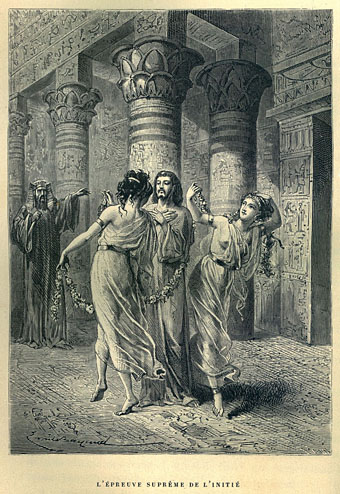
Histoire de la Magie isn’t among the scanned books at the Internet Archive, unfortunately, but a copy may be viewed at Gallica. It’s a shame this is one of Gallica’s older scans which spoils the artwork but you can at least seen the book in full. An English translation was published in the US in 1969, containing notes and additions by living occult experts, but I’ve yet to discover whether this edition retained Bayard’s pictures.
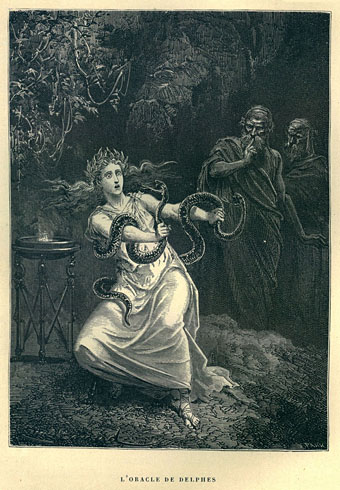
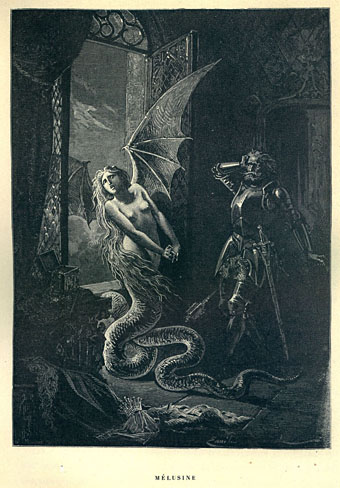
Continue reading “Émile Bayard’s Histoire de la Magie”
